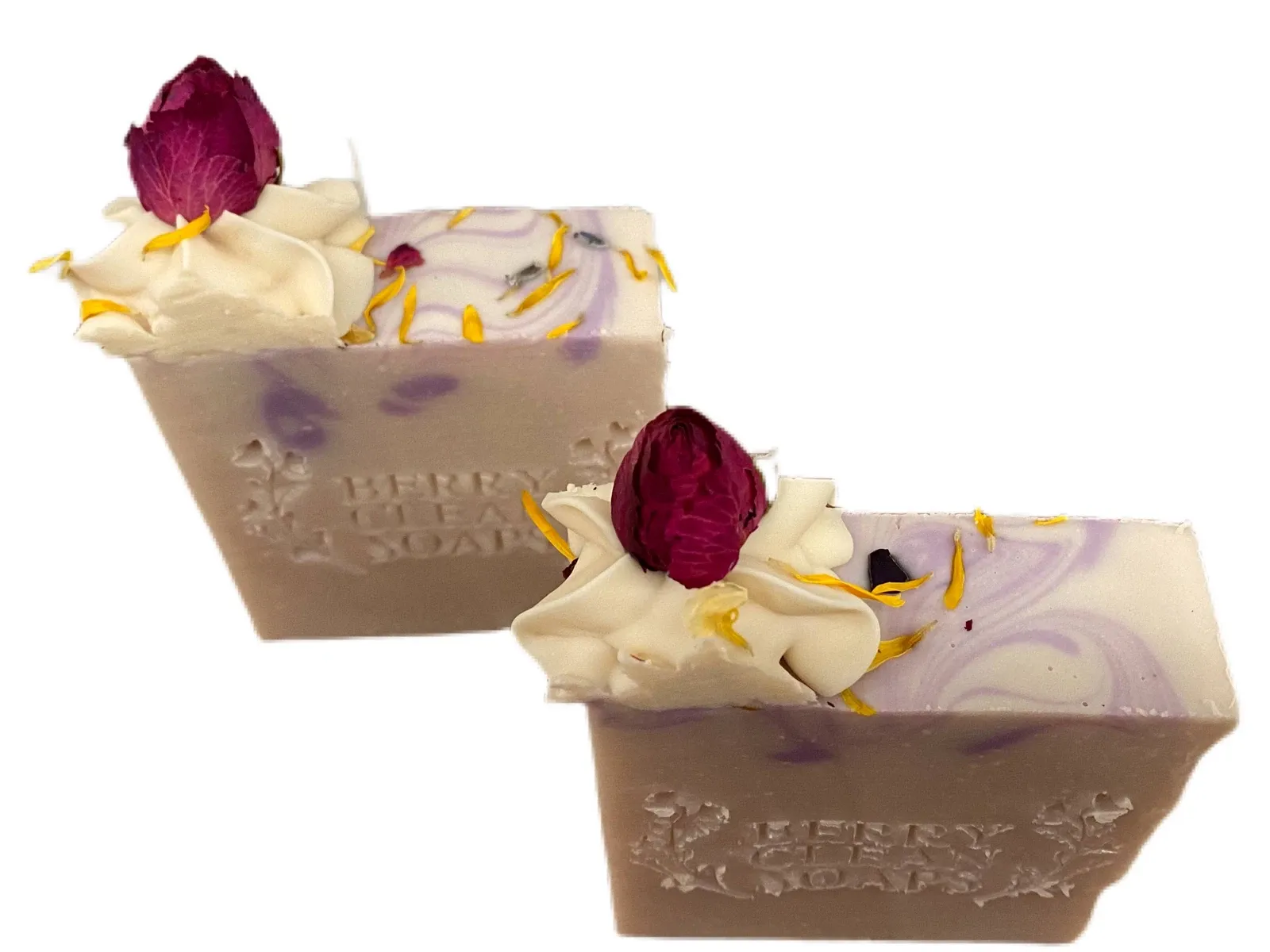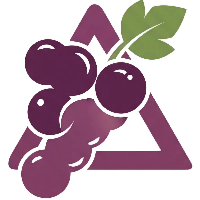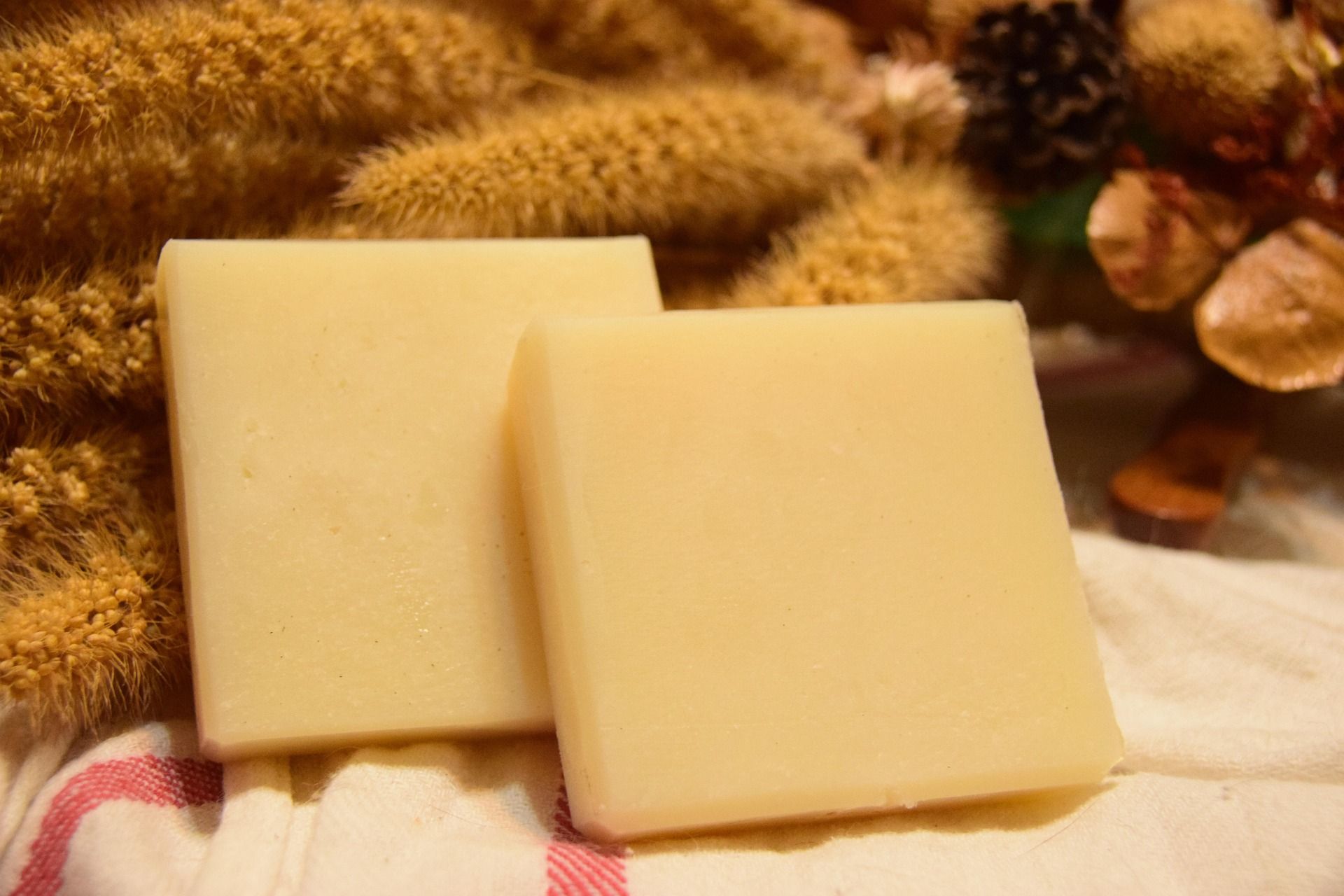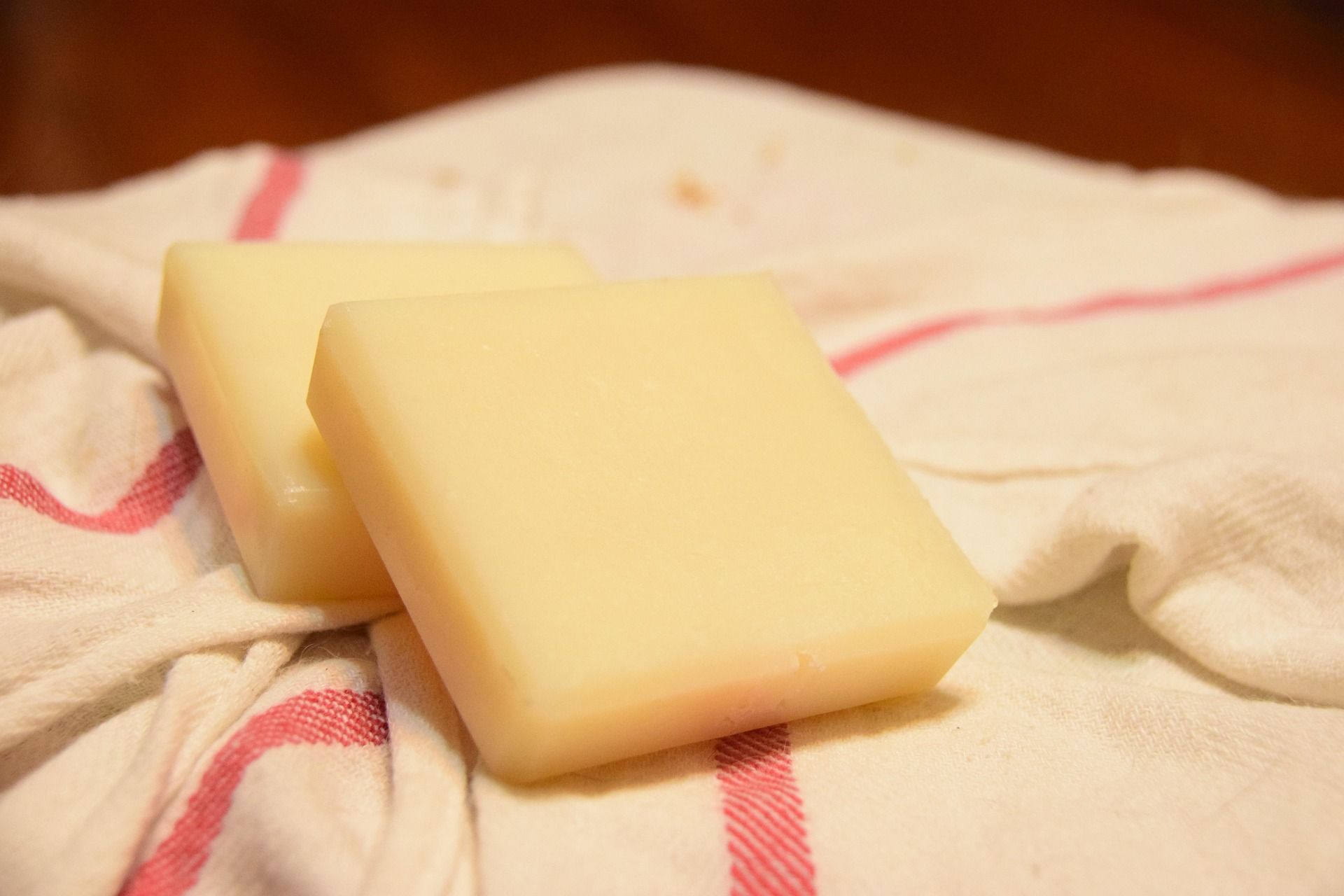Dreaming of luscious, skin-loving soap bars made with the goodness of goat milk? Learning how to make goat milk soap at home is a rewarding journey that allows you to control every ingredient, ensuring a pure, gentle, and incredibly moisturizing product. Goat milk soap is renowned for its benefits, especially for sensitive, dry, or irritated skin. Ready to dive into the world of DIY goat milk soap? Let's get started!
Why Make Your Own Goat Milk Soap?
Before we get to the goat milk soap recipe, let's talk about why this handmade gem is so sought after:
Gentle & Nourishing: Goat milk is packed with vitamins (especially A), minerals, and alpha-hydroxy acids (like lactic acid), which help gently exfoliate and nourish the skin.
Highly Moisturizing: The natural fats and creamy texture of goat milk, combined with the glycerin naturally produced during saponification, make for an incredibly hydrating soap.
Customizable: When you make your own goat milk soap, you can choose your favorite oils, essential oils, and additives, tailoring it to your skin's specific needs and preferences.
Chemical-Free: By making it yourself, you ensure your soap is free from harsh chemicals, synthetic fragrances, and artificial dyes often found in commercial soaps.
 Understanding the Allure of Goat Milk: From Bar to Liquid Body Wash
Understanding the Allure of Goat Milk: From Bar to Liquid Body Wash
The nourishing benefits of goat milk aren't limited to solid soap bars. Many popular liquid goat milk body wash products are also available on the market, leveraging goat milk's natural moisturizing and nourishing properties to provide a gentle cleanse for those who prefer a liquid lather. While this guide focuses on crafting traditional cold process solid goat milk soap, it's important to recognize goat milk's widespread application in various skincare products. Whether it's a solid goat milk soap bar or a liquid goat milk body wash, the core advantage lies in goat milk's natural affinity for the skin and its exceptional moisturizing effects. Making liquid body wash typically involves different alkalis (like potassium hydroxide) and processes, but the ultimate goal remains pure skin care.
Understanding the Cold Process Method for Goat Milk Soap
Goat milk soap is primarily made using the cold process soap making method. This traditional technique involves combining oils and fats with a lye (sodium hydroxide) and liquid solution. The chemical reaction, called saponification, transforms these ingredients into soap and glycerin. The "cold" aspect means no external heat is applied during the saponification, preserving the beneficial properties of the goat milk and oils.
Safety First: Working with Lye (Sodium Hydroxide)
Lye safety is paramount when making any homemade soap. Sodium hydroxide is a caustic substance that can cause burns if it comes into contact with skin or eyes. Always follow these precautions:
Wear Safety Gear: Always use gloves, eye protection (goggles), and long sleeves.
Work in a Ventilated Area: Ensure good airflow to disperse fumes.
Protect Your Surfaces: Cover your workspace with newspaper or cardboard.
Never Add Water to Lye: Always add lye slowly to the COLD liquid (in this case, goat milk). This prevents a dangerous exothermic reaction.
Keep Kids & Pets Away: Ensure a safe, undisturbed environment during soap making.
Ingredients You'll Need for Your Goat Milk Soap Recipe
A basic goat milk soap recipe typically includes:
Frozen Goat Milk: Crucial for cold process. Freezing prevents the milk from scorching when lye is added.
Lye (Sodium Hydroxide): Pure lye flakes or beads.
Carrier Oils: A blend of hard oils (like coconut oil, palm oil, or shea butter for hardness and lather) and liquid oils (like olive oil, sweet almond oil, or rice bran oil for conditioning and moisture). Always use a reliable soap calculator to determine exact oil and lye amounts for your recipe.
Optional Additives: Essential oils (for fragrance), natural colorants (e.g., madder root, spirulina), oatmeal, clay, honey, etc.
Equipment You'll Need
Digital Scale (accurate to 0.1g)
Heat-Resistant Containers (for lye solution and oils – stainless steel or heavy-duty plastic)
Stick Blender (immersion blender) – essential for reaching trace quickly
Rubber Spatulas
Thermometers (2 are ideal, one for lye solution, one for oils)
Soap Mold (silicone or lined wooden mold)
Safety Gear: Goggles, gloves, long sleeves
Step-by-Step Guide: How to Make Goat Milk Soap (Cold Process)
This is a general guide. Always use a specific, tested goat milk soap recipe and a reliable soap calculator for precise measurements.
Step 1: Prepare Your Workspace & Safety Gear Lay out all your ingredients and equipment. Put on your gloves and safety goggles. Ensure good ventilation.
Step 2: Prepare the Frozen Goat Milk & Lye Solution Weigh your frozen goat milk into a heat-resistant container. Slowly and carefully add the weighed lye to the frozen goat milk, stirring constantly. The milk will warm up and may turn a yellowish/orange color (this is normal). Continue stirring until the lye is fully dissolved. Set aside in a safe place to cool. It needs to cool down significantly, sometimes to room temperature or even colder than the oils.
Step 3: Prepare the Oils Weigh your solid oils and melt them gently. Add your liquid oils to the melted solid oils. Allow the combined oils to cool down. Aim for both the lye solution and the oils to be within a specific temperature range (e.g., 80-100°F or 27-38°C), typically within 10 degrees of each other. Some soap makers prefer a much colder temperature for goat milk soap (e.g., 70-80°F) to prevent scorching.
Step 4: Combine Lye Solution and Oils to Reach Trace Once both the lye solution and oils are at the correct temperature, slowly pour the lye solution into the oils. Using your stick blender, begin to mix. Alternate between short bursts of blending and hand stirring. The mixture will begin to thicken and lighten in color. This process can take anywhere from a few minutes to 30 minutes.
Trace: You've reached "trace" when the mixture is thick enough to leave a temporary trail on the surface when you drizzle some soap from the stick blender. It should resemble thin pudding or cake batter.
Step 5: Add Fragrance & Additives (Optional) Once you've reached trace, you can stir in your essential oils, fragrance oils, or other additives (like oatmeal or clay). Mix thoroughly to ensure even distribution.
Step 6: Pour into Mold Carefully pour the soap batter into your prepared mold. Tap the mold gently on your counter to release any air bubbles. You can smooth the top with a spatula.
Step 7: Insulate & Cure Cover your mold (some prefer to insulate it with a blanket or towel to encourage gel phase, while others prefer to keep goat milk soap cool to prevent discoloration). Let the soap sit undisturbed for 24-48 hours.
After 24-48 hours, carefully unmold your soap. At this point, it's still caustic. Cut the loaf into individual bars if needed.
Curing: This is a crucial step! Place your soap bars on a curing rack (allowing air circulation on all sides) in a cool, dry place for 4-6 weeks. During this time, excess water evaporates, making the soap harder, milder, and longer-lasting.
Tips for Success
Start Simple: Begin with a basic goat milk soap recipe before adding complex additives.
Accurate Measurements: Precision is key in soap making. Always weigh ingredients.
Patience is a Virtue: The curing process is essential for high-quality, long-lasting soap. Don't rush it!
Join a Community: Online soap-making forums and groups offer a wealth of knowledge and support.
Making goat milk soap is a fulfilling craft that yields beautiful, beneficial products for yourself, your family, or even as thoughtful gifts. Embrace the process, prioritize safety, and enjoy the journey of creating your very own natural, moisturizing soap bars!
Are you ready to try making goat milk soap at home? Let us know your favorite recipe or tips in the comments below!


